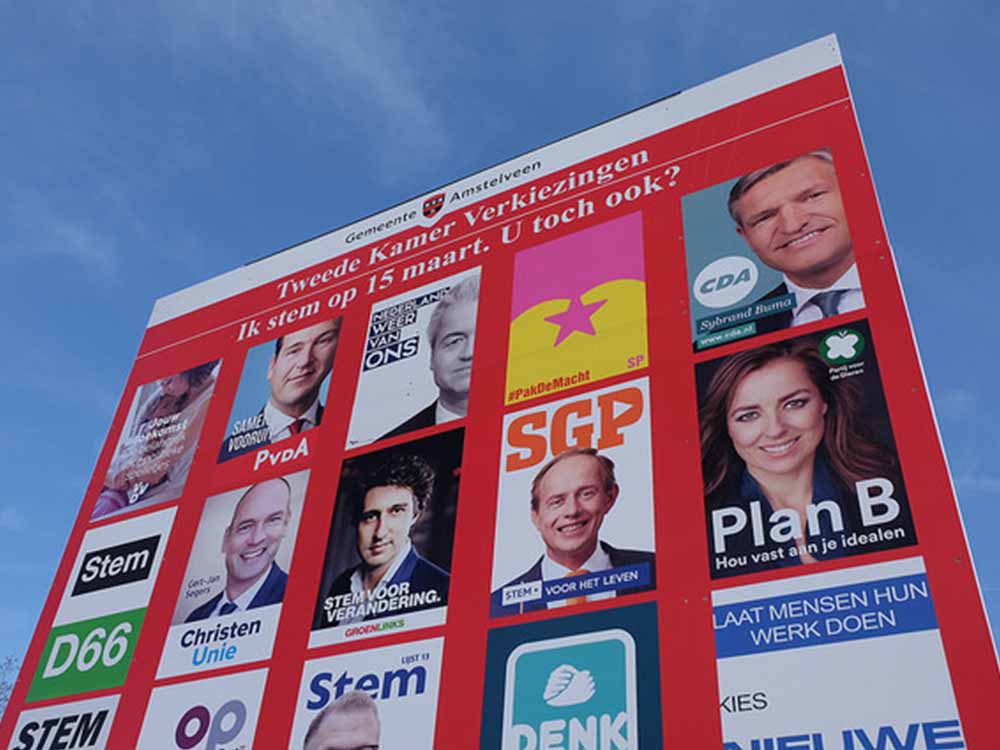Dutch Election 2017 – A Crucial Moment in European Politics
The Dutch parliamentary election of 2017 was a significant event with far-reaching implications not only for the Netherlands but also for the broader European political landscape. Taking place amidst growing Euroscepticism and nationalist sentiments across the continent, this election was closely watched as a barometer of European unity and the rise of populist movements.
The Dutch Political Landscape
The Netherlands, known for its consensus-based politics and multiparty system, has a political landscape marked by several parties representing a wide range of ideologies. In the lead-up to the 2017 election, the following key parties were in contention:
- People’s Party for Freedom and Democracy (VVD): Led by Mark Rutte, the VVD positioned itself as a center-right party advocating for free-market policies, economic liberalism, and a tough stance on immigration.
- Party for Freedom (PVV): Led by Geert Wilders, the PVV is a right-wing nationalist party known for its Euroscepticism, anti-immigration stance, and calls for a ban on Muslim immigration.
- Christian Democratic Appeal (CDA): Led by Sybrand Buma, the CDA is a center-right party emphasizing Christian values, family policies, and a commitment to the European Union.
- Democrats 66 (D66): Led by Alexander Pechtold, D66 is a centrist party focusing on democratic reforms, progressive social policies, and pro-European Union views.
- GreenLeft (GroenLinks): Led by Jesse Klaver, GroenLinks is a left-wing party that prioritizes environmental sustainability, social justice, and progressive values.
The Campaign and Key Issues
The campaign leading up to the Dutch election was characterized by debates on crucial issues such as immigration, national identity, European integration, and healthcare. Geert Wilders and his PVV, in particular, focused on an anti-immigration and anti-Islam platform, gaining significant attention in the process.
Mark Rutte and the VVD presented themselves as a pragmatic choice for economic stability and a counterbalance to Wilders’ populist agenda. Other parties, like D66 and GroenLinks, advocated for more progressive policies on social issues, the environment, and European cooperation.
The Election Results and Coalition Building
The Dutch parliamentary election took place on March 15, 2017. The results showed that while the PVV gained seats, it did not secure a majority. The VVD emerged as the largest party, securing 33 seats in the 150-seat House of Representatives. The PVV came second with 20 seats, followed by the CDA with 19 seats, D66 with 19 seats, and GroenLinks with 14 seats.
The fragmented nature of the Dutch political landscape meant that coalition building was essential to form a government. The VVD, led by Mark Rutte, embarked on negotiations to build a coalition. After months of discussions, Rutte formed a four-party coalition with the CDA, D66, and the Christian Union (CU).
Implications and European Context
The Dutch election of 2017 had several implications for both the Netherlands and Europe as a whole. It demonstrated that, despite the rise of populist and Eurosceptic parties, mainstream parties could maintain a stronghold on Dutch politics through pragmatic coalition-building.
The election also indicated that the Dutch electorate remained committed to European integration, as both the VVD and D66, pro-European parties, were central to the coalition government. This stance was seen as a counter to the Eurosceptic sentiment prevalent in some other European countries.
In retrospect, the Dutch election of 2017 served as a testament to the resilience of mainstream politics in the face of populist challenges. It highlighted the complexities of coalition politics in the Netherlands and underscored the importance of European cooperation in an era of increasing nationalism and Euroscepticism across the continent.











